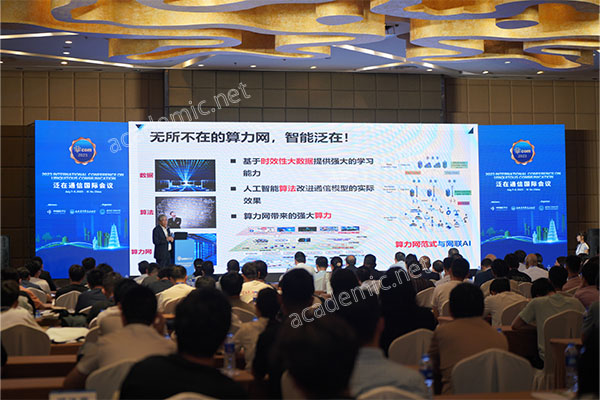How to distribute conference papers
Distributing conference papers refers to the process of disseminating your research results to the academic community and the public through different channels and methods. This process can not only increase the visibility of your research work, but also help build your reputation in the academic community and promote academic exchanges. Here are some effective ways to distribute conference papers:

-**Oral presentations**: Giving oral presentations at conferences is one of the direct ways to distribute research results, which can directly communicate with peers and receive immediate feedback.
-**Poster presentations**: If the conference provides the opportunity for poster presentations, this is also an effective way, especially for arousing the interest of peers and conducting in-depth discussions.
2. Publish in conference proceedings
-Many academic conferences will publish proceedings or special issues after the meeting. Make sure your paper follows the format and submission guidelines required by the conference and is published through official channels to effectively increase academic influence.
3. Online academic communities
-**ResearchGate and Academia.edu**: Uploading your paper to these online academic communities will allow researchers around the world to access your work.
-**Google Scholar**: Make sure your paper can be indexed by Google Scholar so that more people can find your research results through search engines.
4. Personal or institutional website
-Posting preprints or formal published versions of papers on personal, laboratory or institute websites is also a good way to increase visibility.
5. Social media and blogs
-Sharing your conference paper information using professional social media platforms such as LinkedIn and Twitter can expand the impact of your research.
-Writing a non-technical article about your research on a blog, simplifying the main findings and significance of your paper, and linking to the formal published version of the conference paper can attract the interest of non-professional audiences.
6. Academic mailing list
-Join relevant academic mailing lists and share your conference paper information when appropriate, which can directly introduce your research results to interested peers.
7. Work with the media
- If your research results have high news value, you can consider working with the news department of a university or research institution to issue a press release to attract wider public attention.
Distributing conference papers is a multi-channel and multi-strategy process, and different methods are suitable for different goals and audiences. Choose the most appropriate distribution strategy based on your specific needs and goals to maximize the impact of your research results.
